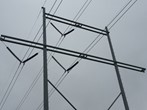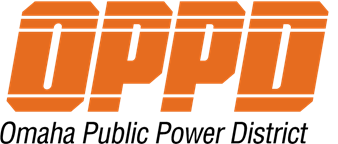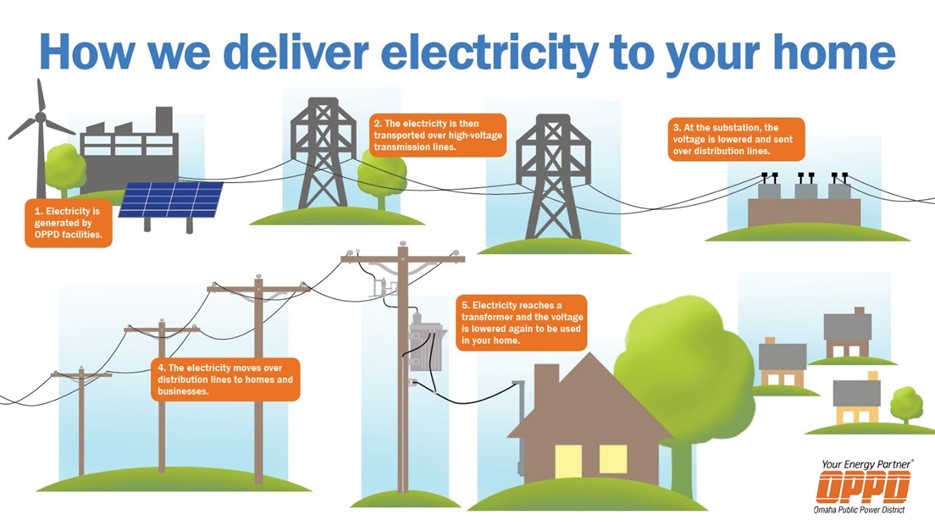
Nebraskans count on OPPD to provide the reliable and affordable electricity that runs everyone’s daily lives. Every OPPD customer counts on electricity to power the tools they rely on, like smartphones, computers, lights, kitchen appliances, even heating and cooling systems. There are many elements that go into producing electricity and getting it to homes and businesses to be utilized.
Energizing Your Life
Simply put, electricity is the flow of electrical charge. Homes, businesses, and other buildings receive electricity through an interconnected system that generates, transmits, and distributes electricity. We commonly refer to this system as “the grid”.
But how is electricity produced?
Electricity is produced when mechanical, magnetic, heat, or light forces interact with energy resources. These energy resources include fossil fuels like natural gas, coal, oil, but also include renewable resources such as sunlight, wind, and water. Various processes are used to convert the energy from these resources into an electric current.
 Learn More!
Learn More!
Materials Used In Renewable Energy
Energy Management System Connects Substations to Electrical Grid
Video: The Difference Between Types of Power Lines
Powerful Transportation
Once an electric current is produced, it moves along the grid through power lines and other equipment, transporting the electricity from a generation plant to homes and businesses in our community. OPPD’s electric system includes two types of power lines – transmission lines and distribution lines.
Transmission lines are extremely high voltage power lines, used to carry electricity from the power plant. These lines are frequently used to transport electricity long distances; these are the lines you see stretching over open fields and along major roadways. Think of them as the interstates and highways of power. Transmission lines form the backbone of the larger power grid and connect OPPD with neighboring states and electrical providers.
Distribution lines are the power lines that feed into homes, businesses, and other buildings in your community. The electricity from the transmission line is sent to a substation, which reduces the voltage to distribution level. Since the voltage of these lines is lower, there is more flexibility to route these lines along city streets and through neighborhoods. Depending on the age of your neighborhood, distribution lines can either be overhead (found in older neighborhoods) or underground (found in newer neighborhoods).
Check out the links under Learn More! and How does that work? to dig deeper into the inner workings of electricity, and to learn more about all of the work that goes into producing electricity and getting it to your homes and businesses.


